Scientists propose an enhancement to the BabyIAXO axion detector, paving the way for an intensified search for elusive dark matter particles.


Scientists propose an enhancement to the BabyIAXO axion detector, paving the way for an intensified search for elusive dark matter particles.

Researchers investigate dark photons as alternatives to dark matter, aiming to detect these particles through experiments involving the conversion of light.
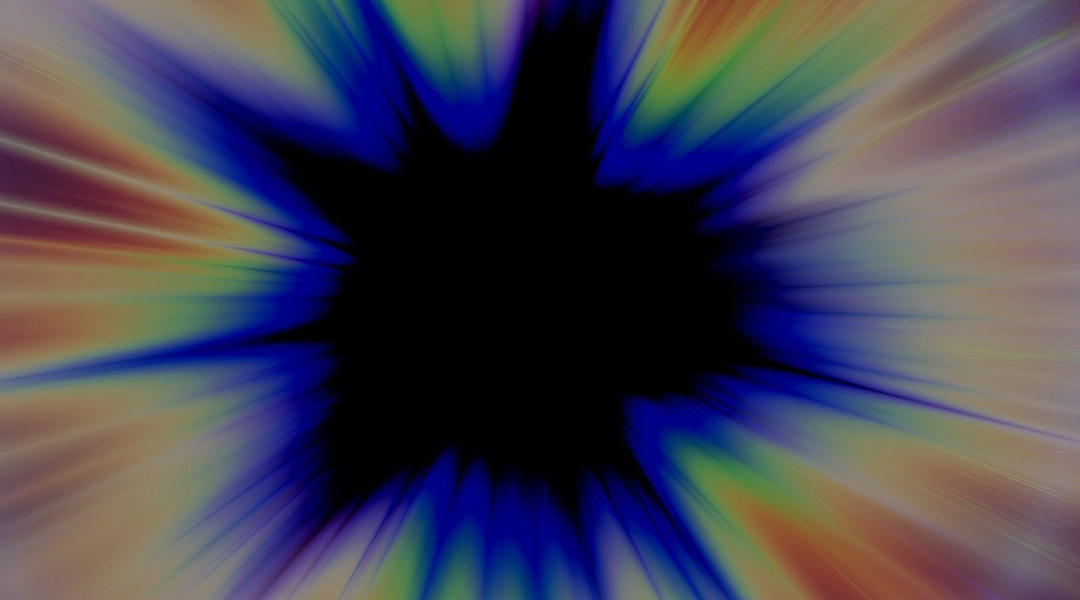
Conflict between theory and observational evidence suggests a missing ingredient in our understanding of the early Universe.

Using the motion of sound waves through a superfluid liquid, scientists can model the Universe’s evolution on a reasonable time scale.
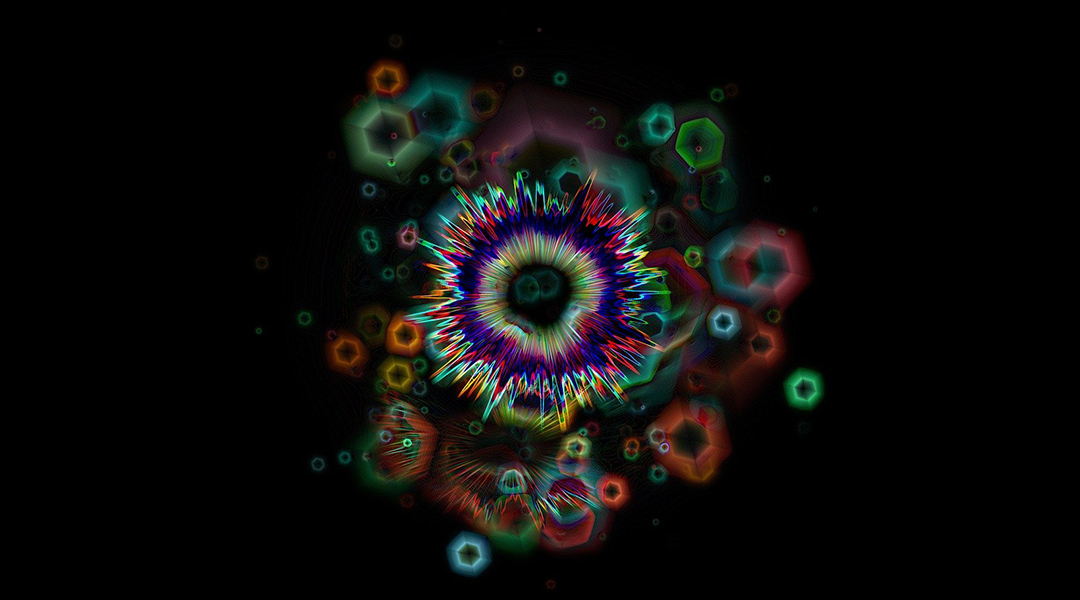
Quantum gravity seeks to describe gravity according to the principles of quantum mechanics, but can it be done?

Researchers at the Southern University of Science and Technology in China ask if gravitons can be promising candidates for dark matter components.
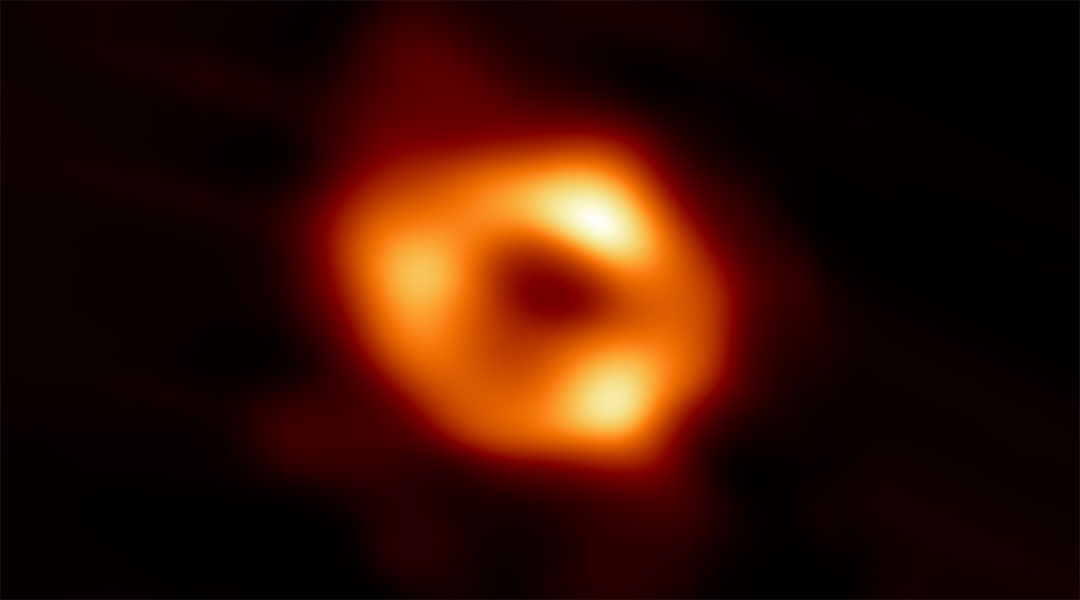
Imaging a black hole is not an easy thing, it takes years of experiments, collaborations, grants, planning, and no small amount of luck.
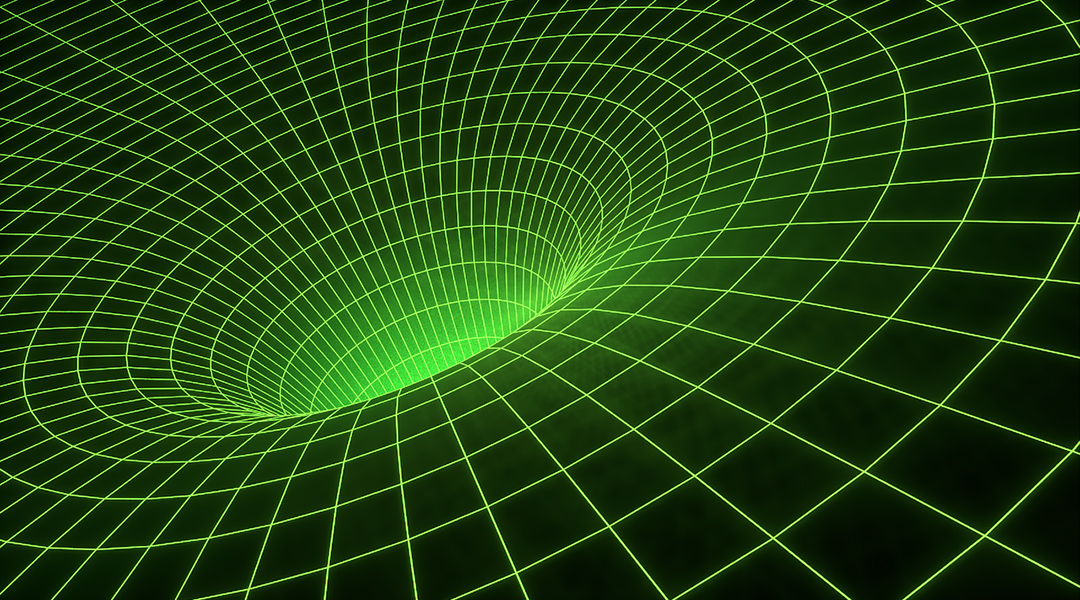
To address unknown quantum gravitational effects in the early universe, physicists have recruited string theory to help solve the problem.
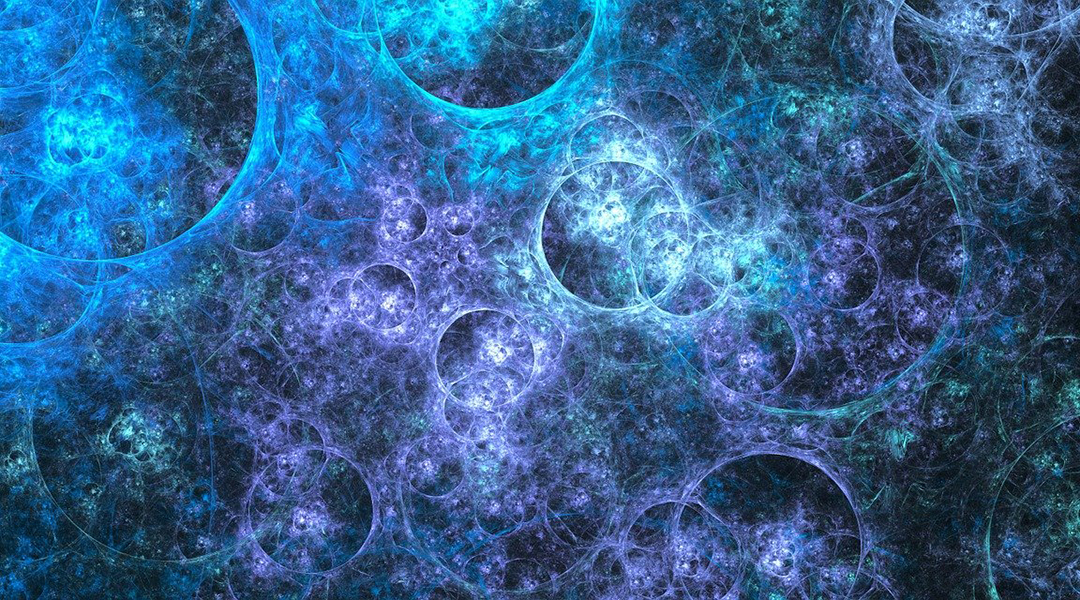
Gravitational waves produced by the phase transitions of matter right after the Big Bang could provide new insights into particle physics.

Scientists have constrained the mass of neutrinos to less than 1 eV for the first time, breaking an important barrier in neutrino physics.